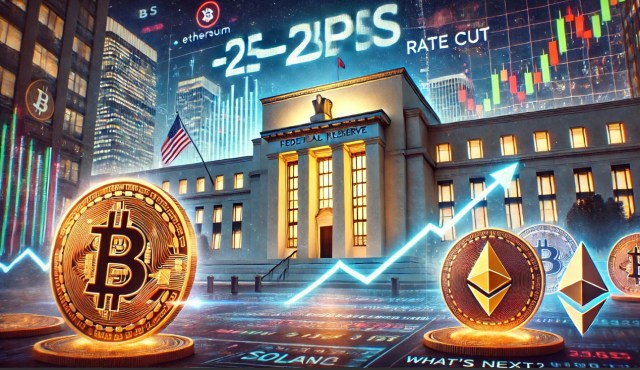Key Takeaways
How is Solana outperforming its peers?
High DApp revenue ($3.79 million daily) and DEX volume ($2.96 billion) confirm its lead in blockchain activity.
What’s slowing SOL’s institutional momentum?
Zero ETF inflows on 3 Nov, but Open Interest near $4 billion suggests renewed trader confidence ahead.
Solana’s [SOL] momentum in October stayed firm as its on-chain metrics continued to outperform every major L1 and L2 network, according to reports from DefiLlama.
However, despite this impressive ecosystem strength, Solana’s Spot exchange-traded funds (ETFs) recorded zero inflows on the 3rd of November. This raises questions about whether institutional investors are taking a cautious stance even as retail and developer activity booms.
Solana dominance widens across DApp and DEX metrics
According to DefiLlama, Solana recorded $3.79 million in Daily DApp Revenue and $138.42 million over 30 days, ahead of Ethereum [ETH] at $75.56 million.
In DEX activity, Solana’s $2.96 billion in daily trading volume and $142.6 billion in monthly volume also topped all rivals, including Ethereum and BNB Chain [BSC].
This activity surge was driven by memecoin trading, renewed NFT interest, and rising DeFi participation. The network’s low fees and high throughput made it a favorite among retail users, keeping liquidity and transaction counts elevated even during quieter market phases.
That ecosystem consistency positions Solana as one of the busiest blockchains entering Q4, with metrics showing sustainable user and developer engagement.
Source: DefiLlama
ETF inflows stall as retail demand holds firm
While retail and DeFi users had been flocking to Solana, institutional sentiment told a different story.
Solana spot ETFs — recently approved for trading in Hong Kong — recorded zero net inflows on the 3rd of November, despite over 1.03 million SOL in total inflows from the 28th of October. The pause signals that institutions may be waiting for clearer macro or regulatory cues before adding exposure.
Even so, Solana’s retail-driven momentum remains strong, showing that short-term ETF hesitation hasn’t affected ecosystem health.
Source: CoinGlass
Open Interest hints at cautious optimism
On top of that, derivatives data suggests confidence among long-term participants.
According to Coinalyze, Solana’s Aggregated Open Interest rose to $4.05 billion, showing a slight uptick after muted weeks. While the price closed at $169.46, down 9.74%, the increase in Open Interest implied that traders expect volatility to return once ETF inflows resume.
That setup left traders watching for a potential alignment between on-chain expansion and institutional demand in November.
Source: Coinalyze
Source: https://ambcrypto.com/solana-3-79mln-dapp-revenue-but-etf-inflows-stall-heres-the-conflict/


